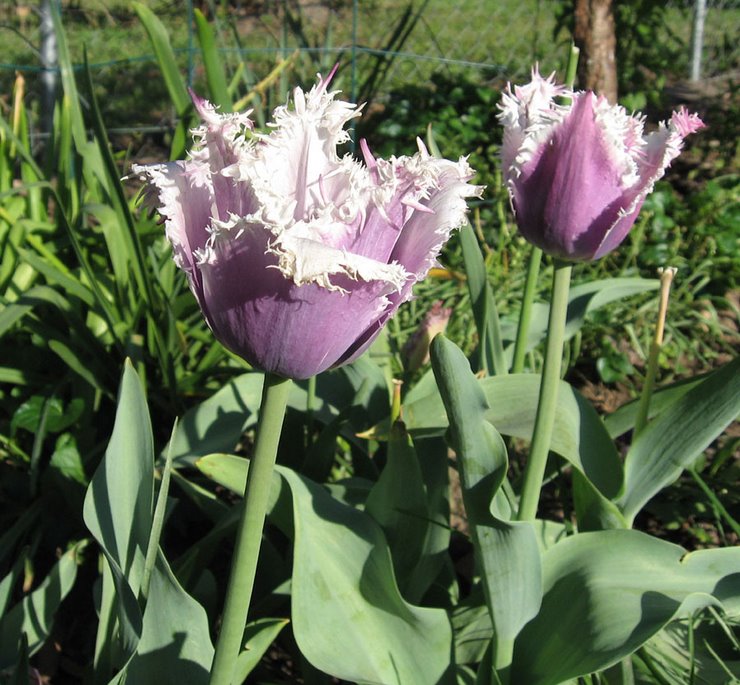In the late summer and into early fall, one of the things my dog and I encounter on our walks is sandburs: a nasty weed with prickly burs that stick in a dog's fur, and between the pads of his feet. There are a few yards in the neighborhood that are infested with sandburs along the edges of the sidewalk. Theo gets them in his feet and stuck in the fluffy fur of his legs.
After we get back home, I have to carefully work the burs out of his hair. If I don't get them all, he pulls them out and drops them on the floor all over the house, or drops them outside in our yard, where they will try to populate my yard with the weeds.
Sandburs are an annual grassy weed that flourishes particularly in sandy ground in the southern part of the United States. Like other weeds, it finds thin places in a lawn to sprout. It is especially well-adapted to sandy soil, but can be found in other soil types as well.
Sandburs generally start germinating in late spring and sprouts throughout the summer. This weed will continue to grow until the first hard frost. The burs contain the seeds, which are then spread by clinging to fur or clothing.
As with all weeds, the first line of defense is keeping a thick, well-maintained lawn. A dense lawn chokes out many weeds. Use your lawn care to help grass out-compete weeds. A higher mowing cut shades the soil. Frequent light sprinkling encourages shallow-rooted weeds and seed germination. Less frequent deep watering that lets the surface layer dry out gives established grass a competitive edge.
Sandbur plants are shallow-rooted. If you have only a few plants starting in your lawn, dig them out with your garden knife. Be sure to wear leather gloves before you tackle them!
If you are trying to clean up a bigger infestation without using toxic chemicals, remember that it's an annual in cold winter areas. Remove the burs that contain the seeds, and you'll stop or greatly curtail next year's infestation. Here's an easy way to remove the burs from your yard. Get an old towel or blanket. Wrap it around a board, and drag it with ropes across the infested grass. The burs will cling to the towel or blanket. When you're done, wrap it in a plastic bag for disposal.
Keep sandburs seeds from sprouting by applying a pre-emergent herbicide. I like to use corn gluten, which is completely organic, and safe. Remember that sandbur is a grass, and apply the pre-emergent with about the same timing as for crab-grass. A good rule of thumb is to apply it when the forsythia blooms in your area. Since the effect wears off, and will not prevent seed germination all season long, you will need to apply it again, generally about every six weeks.
Be sure that you water in the corn gluten well after application. Not giving it enough water after application is the most common reason for a pre-emergent to fail to control weeds.
You may not know you have sandburs until you step on a bur in your yard. Don't let this unpleasant surprise await you or your family.



3 comments:
Our kids call this "ouchy grass." :-)
We call them Hate Crumbs.
Are the spikes toxic to humans or do they carry any germs that can get in our bloodstream?
Post a Comment